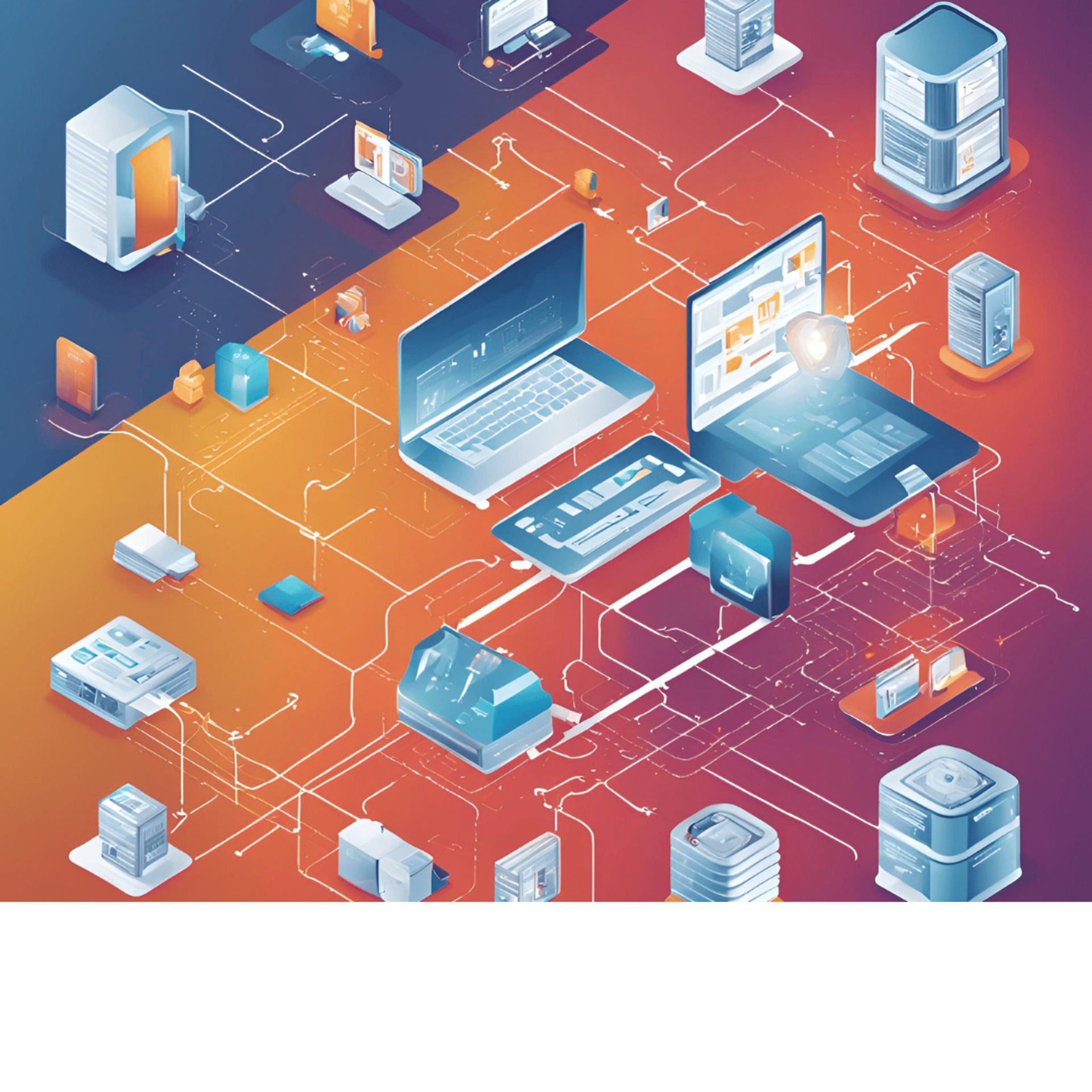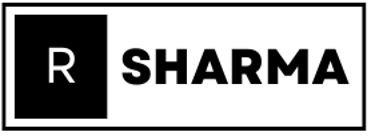
System Design Interview: Caching
1/10/20254 min read
In system design interviews, caching is often a pivotal topic. It's a technique used to store data temporarily to serve future requests more efficiently. By reducing the latency of fetching data and decreasing the load on backend systems, caching significantly improves the performance and scalability of an application. In this blog, we’ll explore key concepts, use cases, and best practices related to caching, providing you with a comprehensive understanding to tackle system design questions confidently.
What is Caching?
Caching involves storing frequently accessed data in a fast, in-memory data store, so future requests for that data can be served faster. Instead of repeatedly fetching data from a slower data source (e.g., a database or an external API), the system can retrieve it from the cache. This simple concept, when applied effectively, can lead to dramatic improvements in system performance.
Why Use Caching?
Caching offers multiple benefits that make it indispensable in system design:
Reduced Latency: By storing data closer to the application, caching minimizes the time required to retrieve data. This leads to faster response times for end-users.
Decreased Load on Backend: It reduces the number of direct requests to the primary database or APIs, thereby enhancing the efficiency of backend systems. This reduction in load can also prevent bottlenecks and improve system stability.
Improved User Experience: Faster responses lead to better user satisfaction and retention. Users expect near-instantaneous responses, especially in modern web applications.
Cost Efficiency: By reducing the frequency of expensive database or API calls, caching can significantly lower infrastructure costs, especially when dealing with large-scale systems.
Types of Caches
Understanding the different types of caches is crucial for designing a system that aligns with your use case:
Client-Side Cache: Stored on the user's device (e.g., browser cache). This is often used for caching static assets like images and CSS files to speed up page loading times.
Server-Side Cache: Maintained on the server to serve multiple users efficiently. This includes application-level caches that store frequently accessed data.
Distributed Cache: A shared cache that spans across multiple servers, often used in large-scale systems to ensure data consistency and high availability.
Caching Strategies
Different caching strategies serve different purposes. Choosing the right one depends on your system's requirements:
Cache Aside (Lazy Loading):
The application first checks the cache for data.
If not found, it fetches the data from the database, stores it in the cache, and then returns it.
Pros: Only hot data is cached.
Cons: May experience initial latency for uncached data.
Write Through:
Data is written to the cache and the database simultaneously.
Pros: Ensures cache is always up-to-date.
Cons: Slower writes due to dual operations.
Write Back (Write Behind):
Data is written to the cache, and the database is updated asynchronously.
Pros: Faster writes.
Cons: Risk of data loss if the cache fails before writing to the database.
Read Through:
Similar to cache aside but with the cache directly fetching data from the database if it's not available.
Pros: Simplifies data fetching logic for the application.
Cache Invalidation Strategies
One of the biggest challenges in caching is ensuring that the data remains consistent and up-to-date. Here are some common cache invalidation strategies:
Time-to-Live (TTL): Automatically removes data from the cache after a specified period. This ensures that stale data doesn’t persist in the cache for too long.
Manual Invalidation: Developers explicitly remove data from the cache when they know it has become outdated. This requires careful management but offers precise control.
Least Recently Used (LRU): Evicts the least recently accessed items when the cache reaches its storage limit. This strategy is useful for maintaining a balance between cache size and relevance of data.
Write Invalidation: Data in the cache is invalidated when it's updated or deleted in the underlying database. This ensures consistency but may introduce complexity.
Use Cases for Caching
Caching is a versatile tool that can be applied in various scenarios:
Web Content Caching: Storing static assets like images, JavaScript, and CSS for faster web page loading. CDNs (Content Delivery Networks) are commonly used for this purpose.
Database Query Results: Reducing the load on the database by caching frequently run queries. This is particularly useful for read-heavy applications.
Session Management: Storing user session data for quick retrieval, ensuring a seamless user experience in applications like online shopping and social media.
API Responses: Minimizing external API calls by caching responses. This reduces latency and dependency on third-party services.
Data Computations: Caching results of computationally expensive operations, such as machine learning predictions or analytics queries, to save processing time and resources.
Best Practices
To make the most of caching, consider these best practices:
Set Appropriate TTLs: Avoid stale data by configuring sensible TTL values that balance freshness and performance.
Monitor Cache Performance: Regularly track cache hit and miss ratios to identify bottlenecks and optimize caching policies.
Avoid Over-Caching: Cache only frequently accessed or computationally expensive data. Over-caching can lead to excessive memory usage and potential data inconsistencies.
Implement Failover Strategies: Ensure system functionality even if the cache fails. A robust fallback mechanism is essential for maintaining reliability.
Secure the Cache: Protect sensitive data in the cache using encryption and access controls. This is particularly important for user session data and personal information.
Use Tiered Caching: Combine multiple caching layers (e.g., browser cache, CDN, and server-side cache) to optimize performance for different data types.
Common Tools for Caching
A variety of tools and technologies are available for implementing caching in modern systems. Here are some popular ones:
Memcached: A simple, high-performance distributed memory object caching system. It's often used for caching small chunks of data, such as results of database queries or session data.
Redis: An in-memory data store known for its versatility and support for complex data structures like lists, sets, and sorted sets. Redis also provides advanced features like pub/sub messaging and persistence.
CDNs (Content Delivery Networks): Services like Cloudflare, Akamai, and AWS CloudFront cache static content closer to the end-user, reducing latency and improving load times.
Ehcache: A Java-based caching solution that integrates seamlessly with enterprise applications.
Conclusion
Caching is a powerful concept in system design, and mastering it can make a significant difference in your interviews and real-world applications. By understanding the types of caches, strategies, and best practices, you can design systems that are both efficient and scalable. Caching isn’t just a performance booster; it’s a cornerstone of modern system architecture. As you prepare for your system design interviews, practice discussing caching in detail, highlighting its benefits, trade-offs, and real-world applications to showcase your expertise.
withMrRahul© 2024. All rights reserved.
